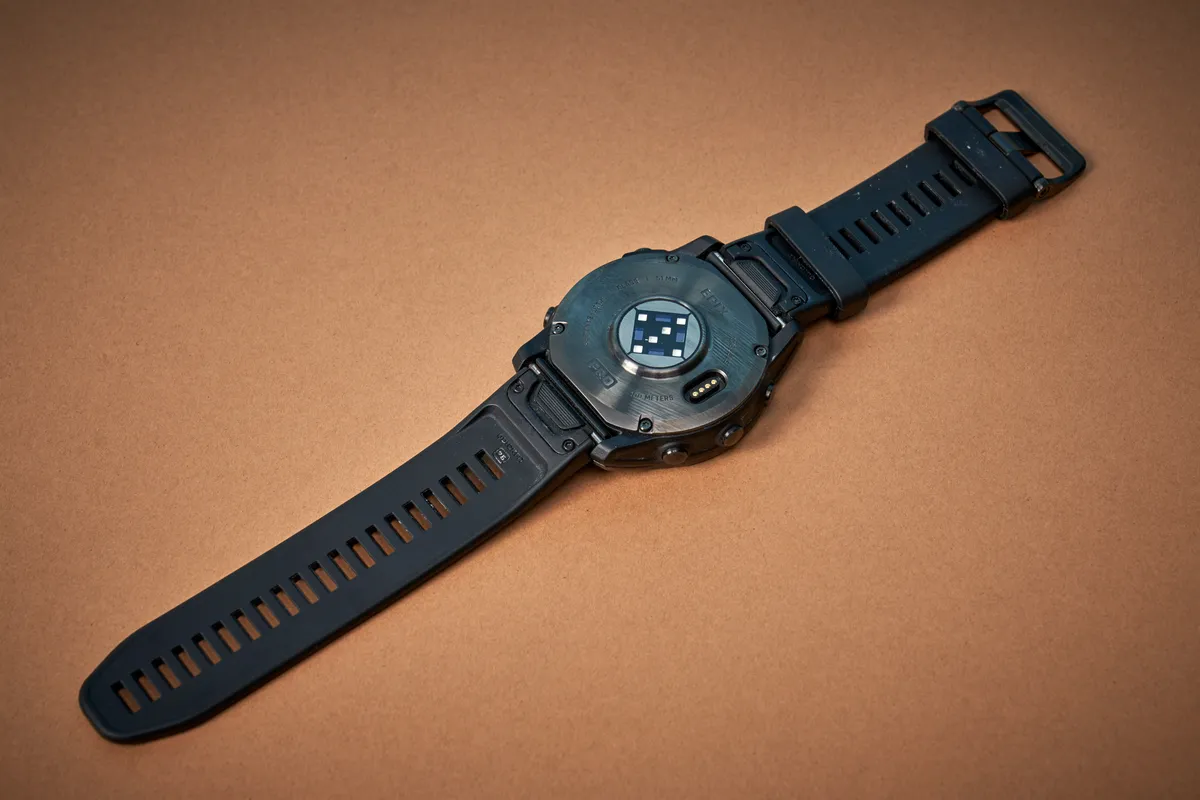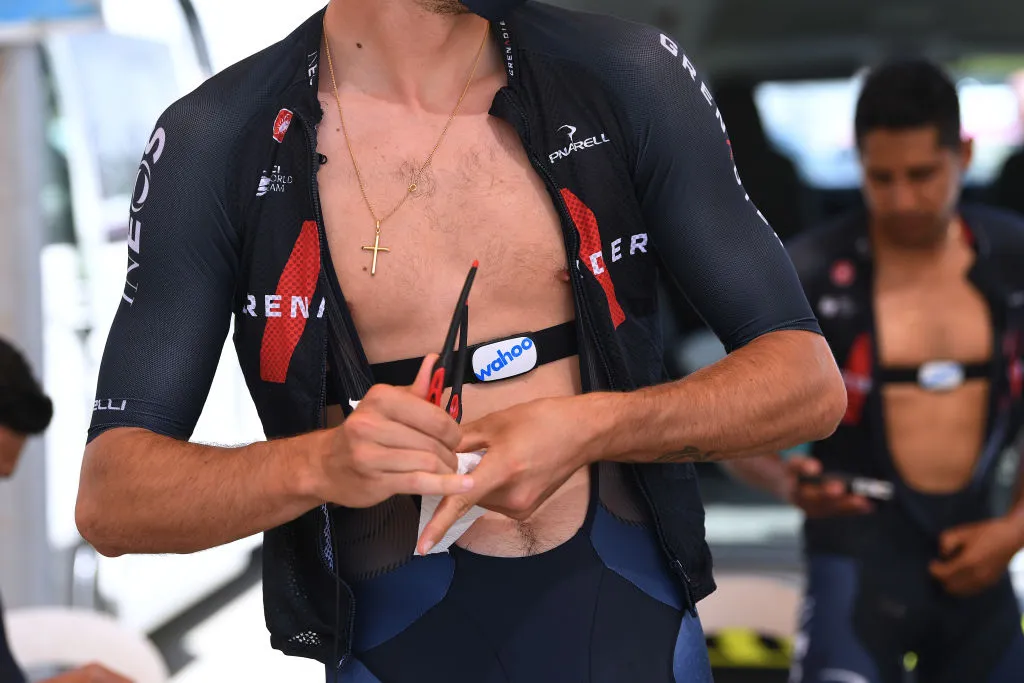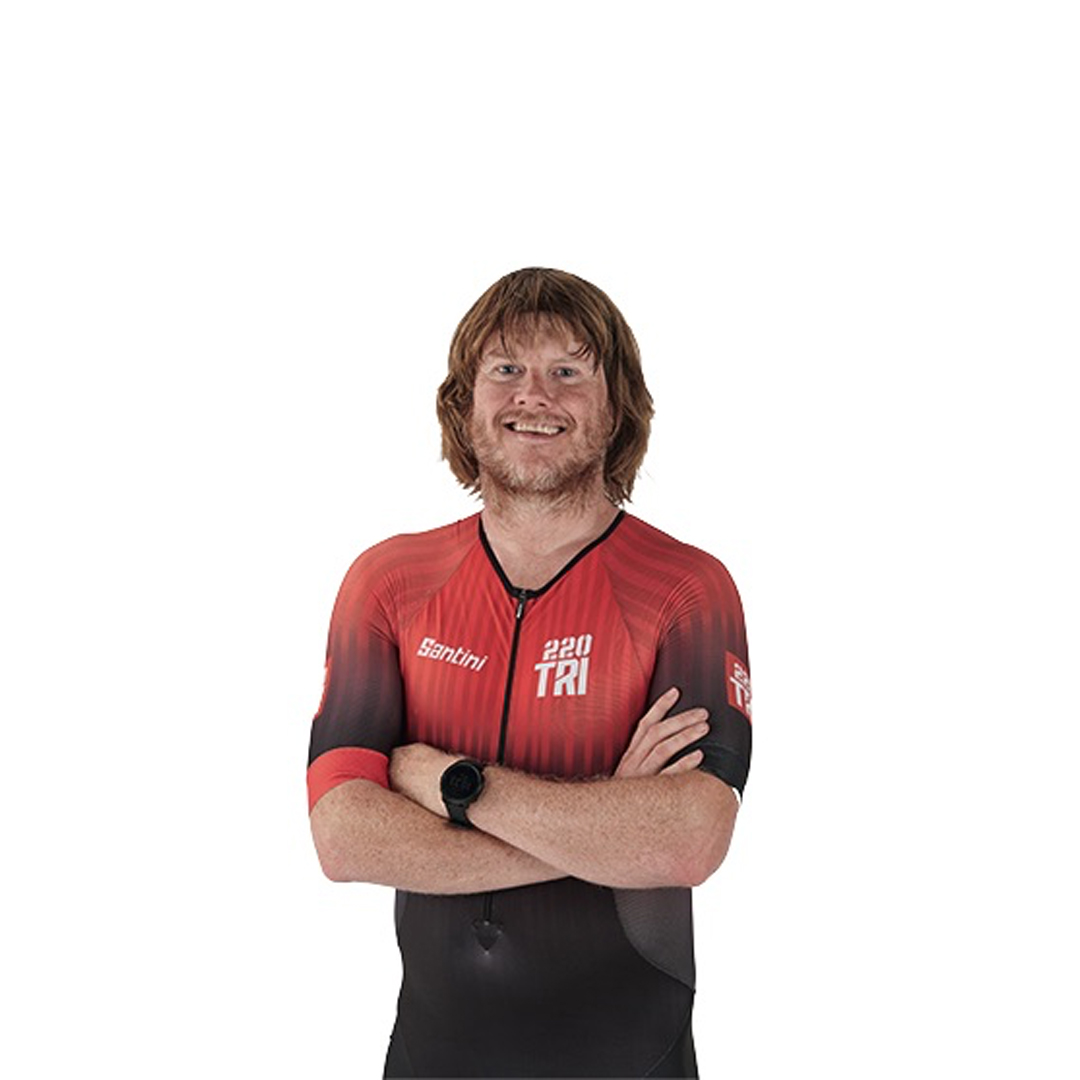The global wearable technology market was valued at $121 billion in 2023. This includes fitness and smartwatches. That’s a lot of notifications, card payments and weather forecasts.
However, these devices also deliver a swathe of fitness metrics, including your heart rate. This is useful information to guide your training.
Wrist-based heart-rate sensors are more usable and portable than a chest-strap option. They’ve evolved over the years but, essentially, they follow the same principle of employing optical heart-rate sensors that measure changes in blood volume in the capillary layer that sits just beneath the epidermis, which is the outermost of the three layers that comprise skin.
But how accurate are the results? And should you rely on your smartwatch for training?
How skin tone impacts smartwatch accuracy

As is common in sport, wrist-based heart-rate sensor technology was first seen in the medical and therapeutic arena and has been adapted for performance purposes. EPO (erythropoietin) is another example of this. It was created for severe anaemics and has been used by the likes of Lance Armstrong.
But whereas studies into EPO show a consistent, significant (illegal) boost to performance, the same can’t be said of these optical measurements, with a key inaccuracy reported to be skin colour.
Pilar Martin-Escudero of Madrid University is an expert in this area and says: “Yes, one primary inaccuracy source is skin pigmentation.
“They operate by shining light through the skin. Melanin, responsible for skin colour, can absorb light at specific wavelengths, complicating readings in individuals with darker skin tones.”
Martin-Escudero says this also applies to the accuracy of sports watches that measure oxygen saturation. But is this the experience of those in the commercial business?
Well, yes. In fact, leading lights such as Garmin are pretty honest about the effectiveness or otherwise of wrist-based optics.

Rich Robinson, senior product manager at Garmin UK, says: “Garmin watches are designed to work on all skin tones, but as the level of melanin increases in the body, the sensor may have to work harder by increasing the light brightness to find a pulse. This can result in the battery level being depleted faster.”
Robinson suggests the battery takes the hit rather than the readings, but your skin tone impacts performance. This covers tattoos, too, because the ink pattern and saturation of colour can block the light from reaching the sensor.
There is good news regarding your erratic epidermis, however, especially for those of us for whom the years are mounting. No matter how expensive your moisturiser is, your skin changes with age.
According to researcher Hsuh-Wen Chow of National Cheng Kung University, that means “fine wrinkles, roughness, mottled hyperpigmentation, dilated blood vessels and loss of skin tone”.
In addition to age-related changes such as arterial stiffness, Chow and colleagues hypothesised that heart-rate readings would be inaccurate. However, after testing 20 adults over 65 years old and 20 between 20 and 26, they reported readings were “generally accurate” irrespective of age.
So you can age with impunity. Just do so by avoiding smart training in the kitchen. Well, not too close to your appliances anyway.
“Move away from sources that can interfere with your heart-rate monitor,” says Garmin. “Sources of interference may include strong electromagnetic fields, some 2.4 GHz wireless sensors, high-voltage power lines, electric motors, ovens, microwave ovens, 2.4 GHz cordless phones and wireless LAN access points.”
Harder, stronger, less accurate?

Accuracy isn’t solely about your skin, of course, with one of Martin-Escudero’s studies examining another anecdotal issue: the harder you exercise, the less accurate the results.
The Spanish academic had subjects run on a treadmill or ride on a cycling ergometer wearing watches from either Apple, Fitbit, TomTom or Samsung. They were tested at increasing intensity against the gold-standard ECG (electrocardiogram).
“The four devices were reasonably accurate at the lowest level,” she says. “However, at higher levels of exercise intensity, the Fitbit and Samsung tended to underestimate heart-rate values, while the TomTom and Apple Watch were fairly reliable.”
When it came to comparisons between cycling and running, and using the TomTom as an example, it proved more accurate on two wheels than two feet, with treadmill skews kicking in from 150bpm compared to around 128bpm.
The reason for this comes down to something Martin-Escudero calls ‘motion artefacts’. When running, you’re not as fixed as on the bike. As you run harder, the watch can move, which lets light in and can impact results.
Robinson tells us that Garmin’s models are equally accurate on the bike and while running if the watch stays in the same position, which, of course, isn’t always possible – unless you want to wear a tourniquet on your forearm.

He also highlights that Garmin is now on its fifth generation of sensors. Garmin doesn’t expand too much on the engineering behind this but, broadly, more LEDs and ‘better’ algorithms to iron out the data means greater accuracy. However, like many of their contemporaries, Robinson recommends a heart-rate strap for the “best accuracy possible”.
This is why you’ll see sweaty Tour de France riders inhaling bucketfuls of Alpine air after climbing a mountain, their saturated jerseys revealing the contours of chest straps. By measuring the electrical activity of your heart, they’re closer to the ECG standard.
That said, pacemakers can impact these readings. If that is you, go for the wrist.
Does accuracy matter?

Does accuracy really matter? The answer is probably not if you’re interested in the data but don’t do anything with it. However, if you want to maximise every training session to unleash your optimum at a major sportive or your local time trial, then yes, it does.
To improve as a cyclist, you need to be fast, possess great stamina and generate huge swathes of power. Unfortunately, it’s nearly impossible to train these parameters of fitness.
Take aerobic endurance as an example. To cover 80 miles, you’ll need strong lungs and an efficient heart, but you’ll also need the energy to fuel working muscles. The two key energy sources are carbohydrates and fats.
Carbohydrates are often seen as the energy lifesaver, a shot of gel sending riders up the Tourmalet with their reputations intact. This is great, but one gram of carbohydrate provides only four calories of energy and you can store a maximum 500g of carbohydrates (in the form of glycogen) in your muscles and liver. That equates to around 2,000 calories, which won't be enough to tame your next sportive.
Fats provide nine calories per gram and your body contains tens of thousands of calories in fat stores, meaning an almost inexhaustible supply of energy – but only if you can tap into it.
Studies show that riding at around 70 per cent of your maximum heart rate is the optimum intensity to utilise fats as fuel. Any more and you’ll need faster energy delivery, which requires less oxygen. That’s where carbs come in. Fats need great amounts of oxygen to be combusted to produce energy, but carbs can be broken down without the presence of oxygen (anaerobic) to produce energy.

Again, that’s where training by heart rate comes in. You can monitor your riding intensity to become a greater fat-burner or to burn through carbs, which inevitably means faster riding that’ll raise your top-end speed.
In cycling parlance, this is training by zones. For instance, 60-70 per cent (zone one) might be about improving the body’s ability to burn fat, while training at 94-100 per cent of maximum heart rate will boost all-out power. Think Mark Cavendish powering down the Champs Élysées.
All of this means if you’re training harder or easier than your watch is telling you, you could be hitting the zonal middle ground, meaning you’re not maximising the adaptation you’re after – be it speed, power or stamina. This can either impair your progress or lead to overtraining.
You might also question the accuracy of your watch if you base your training sessions on heart-rate variability (HRV). HRV looks at the heart-rate variation from beat to beat, which links back to your autonomic nervous system and gauges how ready or not you are to exercise. “There are no repercussions to this, as this measurement is taken when sleeping,” says Robinson.
Where does this leave us? All in all, the accuracy of these watches varies by manufacturer; they’re better on the bike than on foot; and if you’re after maximum gains, go for a chest strap, at least for harder sessions.



